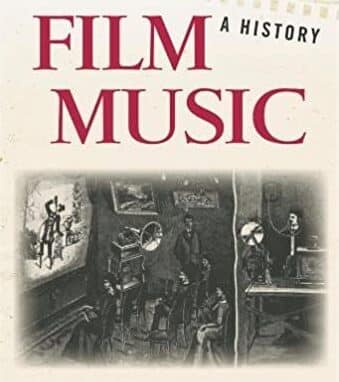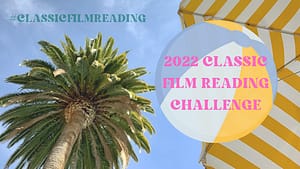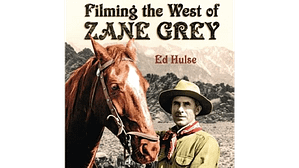Dating back to the very origins of cinema, music has been readily used alongside the moving image. How music is (or isn’t) used in film has varied throughout the history of cinema and throughout the world, whether it be originally scored orchestral music from the Hollywood classic era, a solo pianist’s accompaniment to a Nickelodeon flicker, or the occasional diegetic music used in the early years of talkies. James Wierzbicki takes on the arduous task to condense this 130-year complex and everchanging history of film music into a single book.
Film Music: A History‘s large scope provides the reader with the most important trends, music theories, and events in film music history. Instead of merely analyzing a spattering of well-known film scores, Wierzbicki explores the industry’s various mechanisms for producing film music and addresses the economic, social, and artistic conditions and theories that have shaped music’s use in motion pictures since the 19th century. Wierzbicki regularly cites and provides quotes from various critics, composers, and theorists that help to emphasize the perspective of those involved in the film-music industry.

Wierzbicki’s discussions of film music in the silent era were the highlight of the book for me. I appreciated that over thirty years of silent cinema weren’t lumped into a single chapter. Instead, the pre-1905 period, the Nickelodeon era, and the post-1915 feature film era were separately discussed. Most of my silent film music knowledge covers Hollywood feature films made in the 1920s so it was refreshing to learn more about how music was used alongside Lumiere and Edison films or in store-front, Nickelodeon theaters.
The book’s section on early sound films, starting with Edison’s phonograph experiments in the 1890s and leading up to Max Steiner’s score for King Kong, manages to not only mention several important technological advancements but also how each advancement affected the industry and how people wrote and used music in film. While the transition to sound isn’t as in-depth as something like Scott Eyman’s wonderful book The Speed of Sound, it nevertheless captures the various attempts, successes, and failures of the sound film before the Vitaphone and Movietone systems. Wierzbicki’s in-depth examination of film music between 1928 and 1933 shows the wide variety of theories and ideas on film music that filmmakers experimented with in the face of brand-new technology.
After the advent of the Hollywood classical style of film music, Wierzbicki chooses to focus mainly on Hollywood film music while only briefly mentioning other national film industries. He paints Europe as having a united style of film scoring, using it almost exclusively as a foil to Hollywood. While minimalist and eclectic musical styles from Europe in the 1950s and 60s heavily influenced Hollywood films, his focus on Hollywood fails to account for the variety of musical traditions and practices in various European countries, not even drawing much difference between Western European and Eastern European films. The book would be much more accurate if it explicitly stated it was a study of Hollywood film music practice instead of attempting to cover the whole history of film music.
Despite these shortcomings, Wierzbicki’s concise history of film music was a good starting point for me to delve into the world of film music. Even if the book covered mostly American film music, it gave me a lot of good references to look up and learn more about film music.
This book review is a part of the 2020 Summer Reading Classic Film Book Challenge hosted by Raquel Stecher’s Out of the Past blog. Check out the other classic film books I am reading this summer and the reviews from other bloggers.




Music books always make me nervous as it’s not a subject I’m well-versed on but this sounds like just what I need. Thanks for the review!